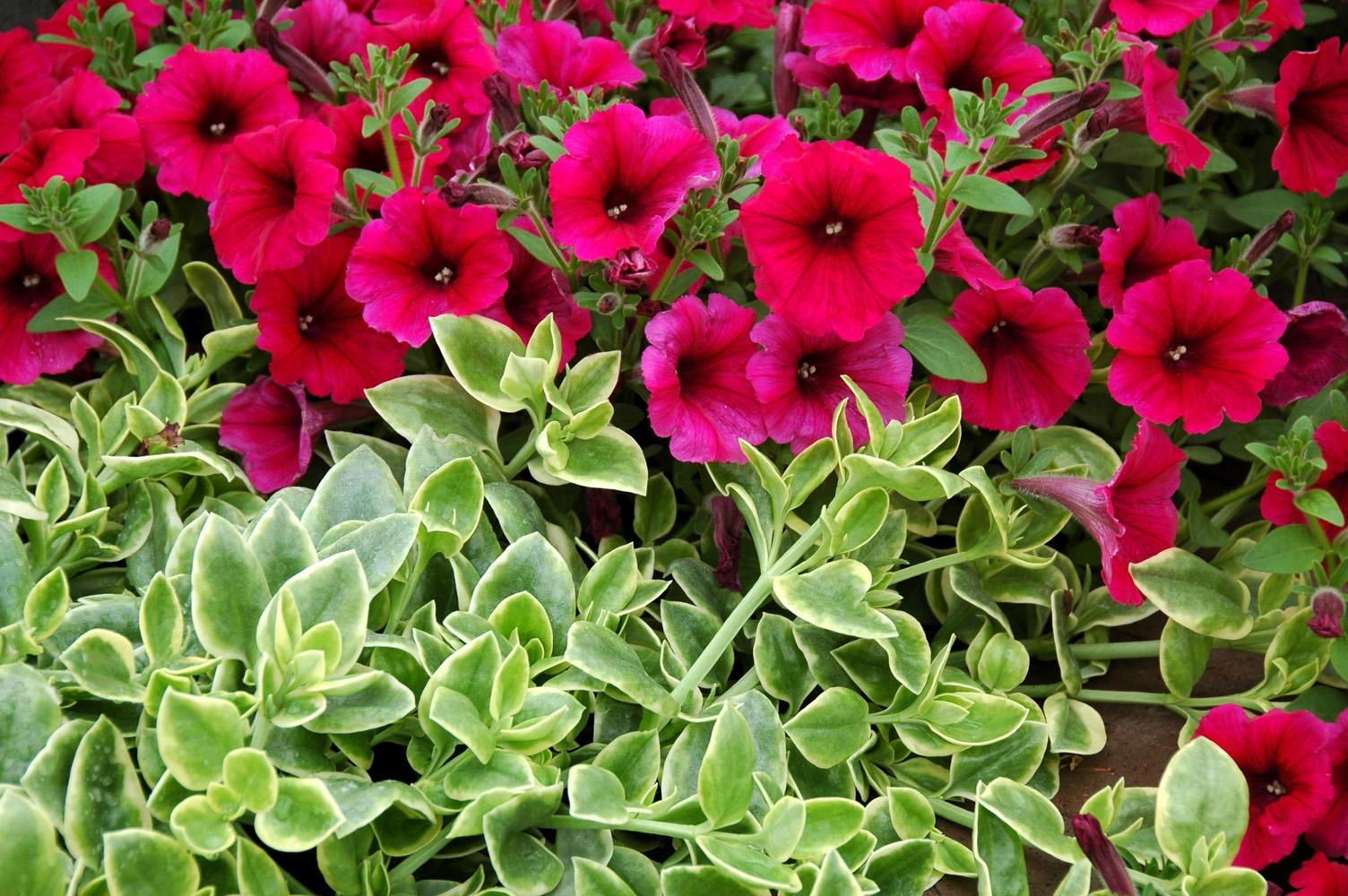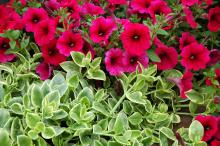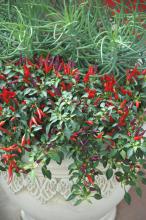Information Possibly Outdated
The information presented on this page was originally released on June 26, 2008. It may not be outdated, but please search our site for more current information. If you plan to quote or reference this information in a publication, please check with the Extension specialist or author before proceeding.
Succulents earn attention, even in the Southeast
By Norman Winter
Extension Horticulturist
Succulents are starting to catch on in landscapes everywhere, and one you need to keep your eyes open for is Mezoo Trailing Red.
To be honest, the weather has been making me a little grouchy. It's looked like the parting of the Red Sea when rain clouds approach my region. I wanted to write about a succulent that could withstand total abuse, and the Mezoo Trailing Red came to mind. Botanically speaking, it is Dorotheanthus bellidiformis.
I noticed Mezoo a few years ago at the California trials, but I would not even consider a succulent in the humid southeast. No way. The next thing I know, Mezoo Trailing Red is capturing awards in East Texas and from the University of Florida. The University of Georgia rating system gave it high marks – 4 out of 5 -- in all performance categories. They score for the warm months, with 5 being the best you can get and hardly attainable.
Now, we are growing it in our Mississippi State University trials, and Mezoo is looking superb.
Mezoo Trailing Red is a glossy green succulent with cream margins that can be used as a groundcover or as a spiller plant in mixed containers and baskets. The red in its name comes from dime-sized flowers that accent the plant. Notice I said accent -- the flowers will never steal the show from the foliage.
The common name for Dorotheanthus bellidiformis is Livingstone Daisy and, as the name might suggest, is from South Africa. (“Dr. Livingstone, I presume.”) It is tolerant of wet or dry conditions and high or low pH. In other words, anyone can grow this plant anywhere.
Though it tolerates wet conditions, my inclination would still be to recommend well-drained soil that helps prevent a host of root issues.
Another succulent to look for is New Blue Chalk senecio. Botanically speaking, this one is Senecio vitalis. You already may have heard of another senecio, Dusty Miller, but this one is a succulent.
New Blue Chalk will be an incredible plant in an urn or strawberry jar where it can send up its chalky-blue, finger-like leaves in an almost Medusa-like image. Like the Livingstone Daisy, New Blue Chalk is also from South Africa.
Mezoo Trailing Red has been around for a couple of years while New Blue Chalk will make its debut in 2009. A similar plant called Blue Chalk Fingers has been around, but to be honest, succulents are just now catching on in the more humid areas of the country.
A lot of you have tried succulents like hens and chicks. Give these additional plants a try when you see them, and you'll see why they are garnering so much attention.




